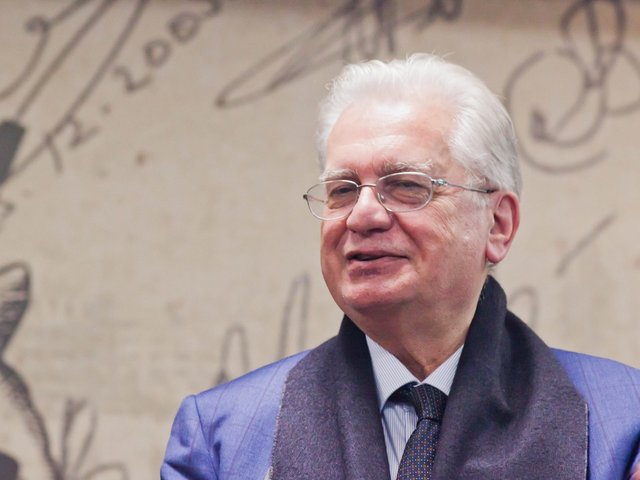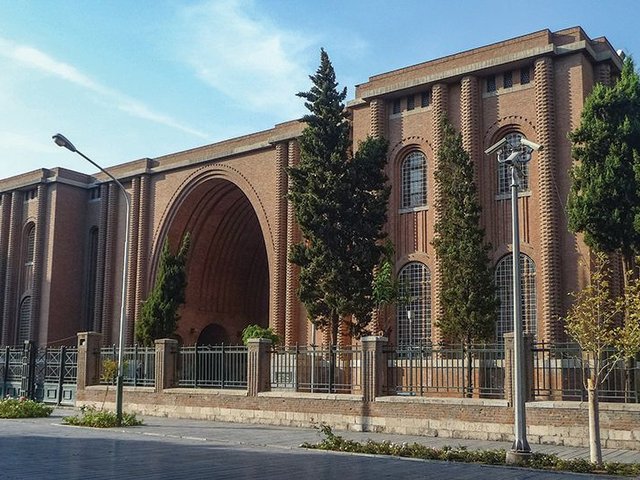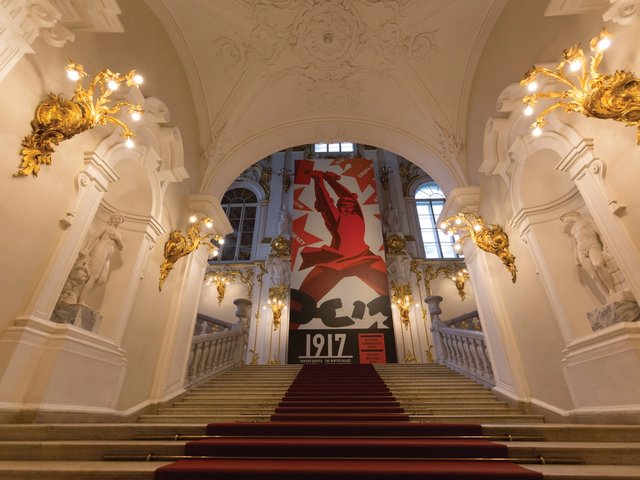An unfamiliar side of Carl Fabergé, the jeweller whose firm crafted imperial eggs and cigarette cases for the tsarist elite, is on display at the State Hermitage Museum in St Petersburg. The museum has opened three rooms dedicated to Fabergé and the history of jewellery making and silver craftsmanship in Russia, including one for temporary exhibitions. Most surprising is the inaugural show Fabergé in the Great War (until 26 June), which features 43 uncharacteristically utilitarian objects on loan from the collector Alexander Ivanov. They include a sterilising vessel with the monograms of the Empress Alexandra and her daughters, the Grand Duchesses Olga and Tatiana, who served as nurses during the First World War. Fabergé’s opulence is on display as well: the grandest of the three rooms contains a dazzling miniature version of the crown jewels as well as the Rothschild clock egg, donated by President Vladimir Putin to mark the Hermitage’s 250th anniversary in 2014.




